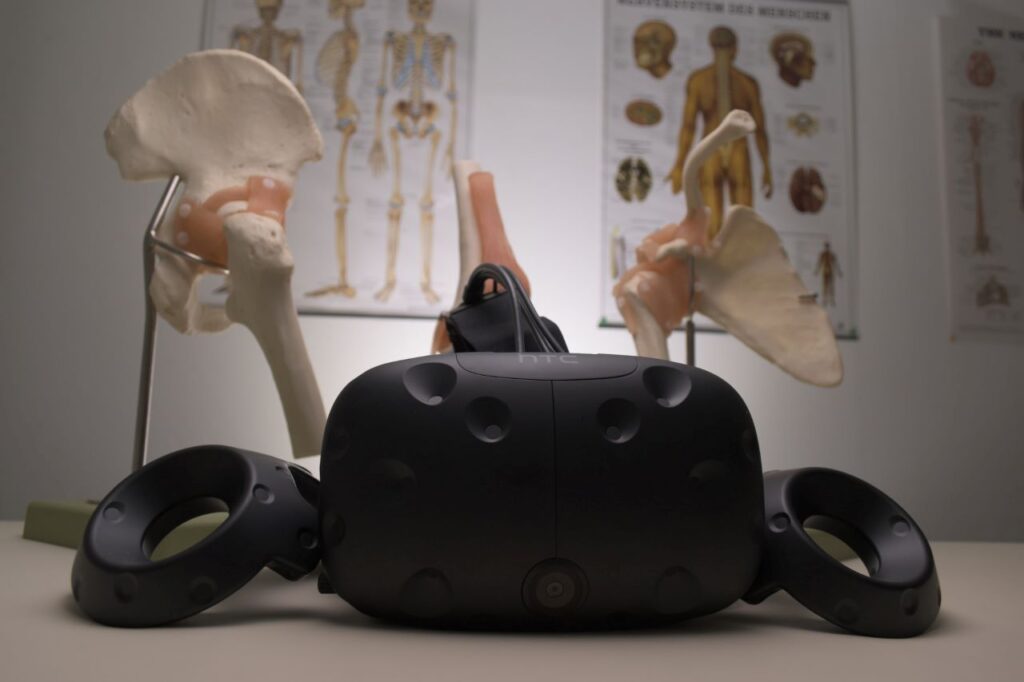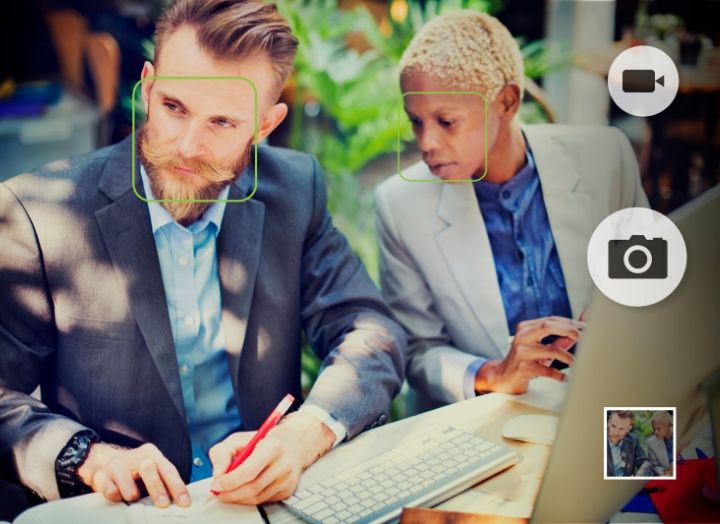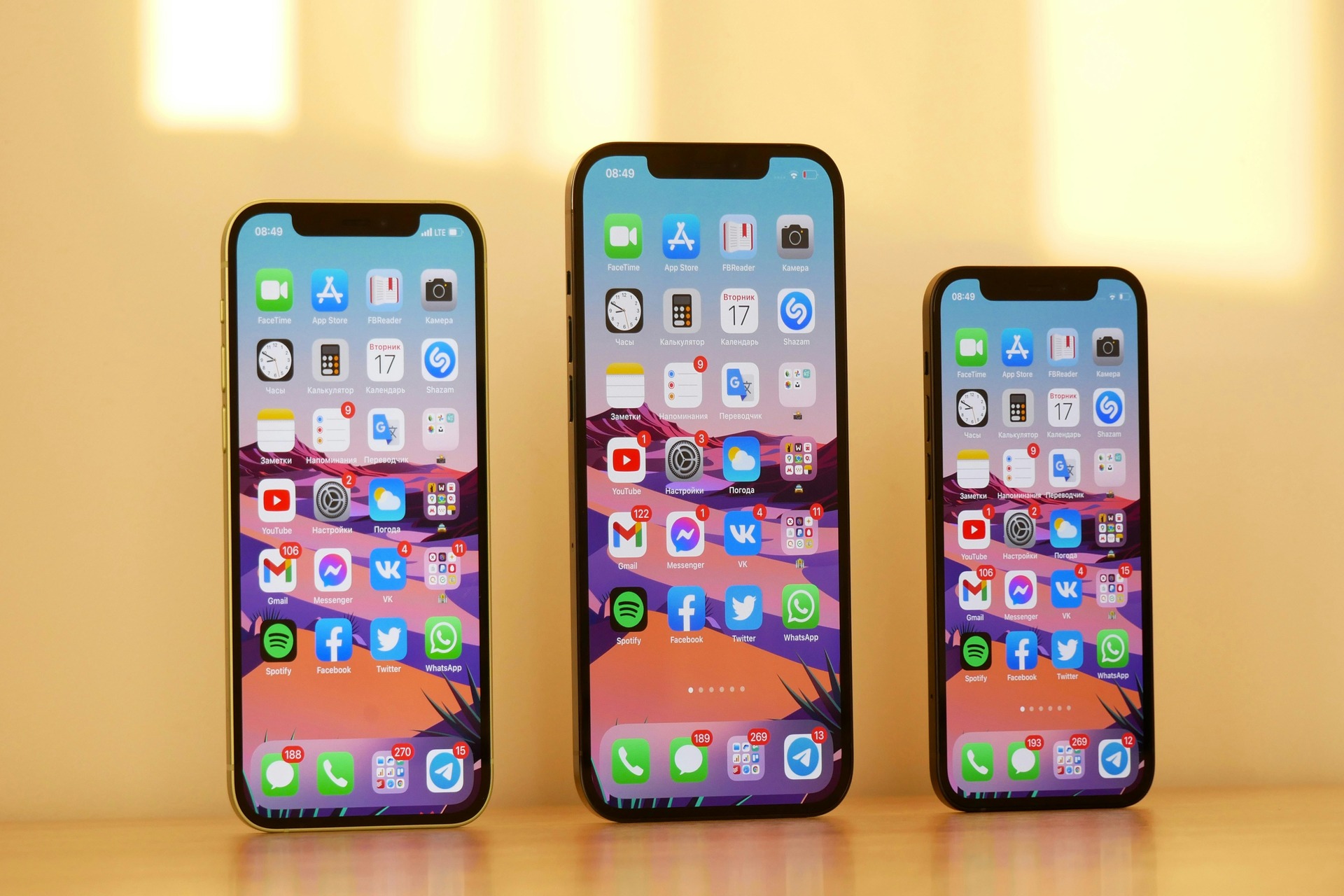It happens to many iPhone users eventually: you plug your phone in to charge, but no charging indicator appears. When an iPhone is not charging, it can be tempting to jump to worst-case scenarios. Most of the time, though, a simple fix will get the phone charging again in a matter of minutes. Fixing charge-related issues requires following a few steps to figure out what is preventing the iPhone from charging. While different iPhone models might require slightly different button combinations for a couple of these steps, this approach should work for any model of iPhone.
Before starting, you’ll need a few things for this troubleshooting process. First, get the malfunctioning iPhone, of course, as well as a couple of different chargers, including different cables and power blocks. If the phone has wireless charging capabilities, get a wireless charger, as well. In addition to alternate chargers, you may need a new, unused toothbrush along with a laptop or computer with iTunes installed and up-to-date.
1. Check the Charger and Outlet
One of the most common causes of an iPhone not charging is a problem with the charger being used. Unfortunately, chargers can go bad eventually, even Apple-branded chargers. Similar to how wired headphones will sometimes lose sound in one ear after a lot of use, charging cables can become defective from excessive bending and battering.
The first thing to do if an iPhone is not charging is plug it in with different chargers. Try a different cable with the same power adapter block, then rotate power blocks with the same cable. If using a wireless charger, swap that out for a backup, as well. There could be a few things causing a charger to malfunction.
Defective Chargers
Manufacturing defects can also happen from time to time. This usually results in a charging cable or power brick being defective even before you purchase it. This is much more common with 3rd party chargers, which is part of why Apple, as well as leading iPhone experts, recommend only using the official charger that Apple provided with the iPhone.
If you prefer using a 3rd party charger, though, make sure that it is Made For iPhone (MFi) certified. This means that Apple has formally certified that the charger is safe for use with iPhones. However, it doesn’t necessarily guarantee high quality. Most reliable charger brands are MFi certified, though, including a majority of the common brands found in local department tech stores.
Frayed Cables
Defects in charging cables and power bricks aren’t always visible from the outside. Usually, however, there are sometimes telltale signs that a cable has seen better days. The most common area for damage is where the main body of the charging cable meets the lighting header that plugs into the phone. This is where fraying most often occurs. Symptoms of a frayed cable include a tear in the rubber tubing around the cable, the rubber tubing peeling away from the cable, or any visibility of the metal wiring of the cable beneath the rubber tubing.
A frayed cable might not seem like a big deal at first. Unfortunately, it can actually seriously damage an iPhone’s battery. If a short circuit occurs, the frayed cable could send too much power into the phone at once and essentially “fry” the battery. Frayed cables are even a serious fire hazard and pose a risk of electrically shocking someone.
A Bad Outlet
The final hardware-related issue outside of the iPhone itself is a bad outlet. Often, this will mean the outlet isn’t supplying any power to the phone. Occurrences of this tend to happen more often in large buildings, like schools or offices, rather than homes. So, if the iPhone does not start charging when plugged in but the cable seems to be in good working order, try plugging it into a different outlet. It is important for it to be a completely different outlet, not just the second port on the same outlet.
If you usually charge the iPhone through a laptop or computer USB port, try using a power block to plug it into a wall outlet instead. Sometimes USB ports simply don’t have enough power to charge Apple devices. Other devices plugged into the computer could also be draining power away from the USB port the iPhone is plugged into. Extension cords, USB hubs, and power strips can also be sources of charging trouble, so avoid testing chargers on these, as well.
Test different cables and power bricks with different outlets. If the iPhone is still not charging, the issue is most likely with the phone itself.
2. Clean Out the Lightning Port
Once you’ve tested the charger and outlet and proved them to be working properly, the next step is to take a look at the lightning port on the iPhone. It is completely normal for the iPhone’s charging port to get dirty from everyday use. Everything from dust to pocket lint can “clog” a lightning port and block the electronics inside from connecting with the charger. This can occur even when plugged in.
A key indicator that there is an issue with the lightning port is if wireless charging is working. All modern iPhones, starting with the iPhone 8, have wireless charging functionality. If the iPhone charges successfully on a wireless charging pad but not with a traditional lightning port charger, then there is a good chance that the lightning port is the problem.
To clean the iPhone’s lightning port, simply use a new, unused toothbrush (or static-proof brush) to swab the inside of the lightning port gently. Avoid using a toothpick, a pen or pencil, a fork or knife, a paperclip, or any kind of metal, since these can permanently damage the lightning port. The soft bristles of a toothbrush will get any debris out of the port without scratching or breaking the charging port. Make sure not to use a wet wipe or any kind of water or cleaner, either, since liquid can also damage the iPhone.
After cleaning out the lightning port, try plugging in the charger again. Rotate cables, power bricks, and outlets again if the iPhone does not start charging right away. If the charging indicator is still not coming up, though, the issue is most likely a software or firmware problem.
3. Complete a Force Restart
Many people are not aware that the software on an iPhone can actually crash, preventing the phone from charging. Fixing a software crash requires a forced start of the iPhone. This process is different from simply turning the phone off and back on again. A force restart is a good place to start if the iPhone isn’t turning on, is only displaying a black screen, or is frozen on the Apple logo. If the iPhone has completely run out of charge or is below 20%, you may need to plug it in to force restart successfully.
How to Force Restart
For an iPhone 8 or later, first tap and release the volume up button. Then tap and release the volume down button. Finally, press and hold the side button until the Apple logo appears. On an iPhone 7 or 7 Plus, press and hold the volume down and side buttons until the Apple logo appears. On an iPhone 6, 6s, 6 Plus, or first-generation iPhone SE (iPhones with physical home buttons), press and hold the home button and the sleep/wake button until the Apple logo appears.
After the Apple logo comes up on the screen, the iPhone should restart normally. The unique combination of buttons required for this process is just a safeguard to ensure that someone doesn’t accidentally force restart their iPhone. The process completely shuts down anything running on the phone, so you don’t want to do it accidentally. Force restarting the iPhone is a great fix-all solution for many iPhone issues. As such, it is often the first step that repair staff at the Apple Store will take. However, if the iPhone is still not charging after doing a force restart and verifying that the charging hardware is working, it will be time to resort to a complete reset of the phone.
4. Do a Hard Reset
A hard reset, also called a Device Firmware Update (DFU) restore, puts the iPhone in recovery mode. It essentially fully resets the phone as if it just came from the Apple Store. Unfortunately, this process will wipe all of the data on the phone except for the primary operating system that came with it, just like a factory reset. The first step of a hard reset is to back up all of the data on the iPhone. This way, it can be restored after it is working again.
iPhone Data Backup
The easiest backup method and the method recommended by Apple is iCloud. If the iPhone can turn on and function like normal (with the obvious exception of an inability to charge), you can easily create a backup in iCloud through the system settings. However, if the iPhone is dead or locked on a black screen or Apple logo, unfortunately, it may not be possible to backup any data on the iPhone. If automatic iCloud backup was enabled on the device before battery and charging trouble, the phone’s data should already be safely stored in the Cloud. If automatic backup through iCloud was not enabled, however, and there is no way of getting into the phone, the best course of action will probably be to take the iPhone straight to the Apple Store.
Factory Reset Through the Settings App
Once you’ve backed up all of the phone’s data, get a charging cable and a laptop or desktop computer with the latest version of iTunes installed. You will not need a power block adapter for this step. There are two methods for hard resetting an iPhone, one using iTunes and the other through the iPhone’s setting.
If the iPhone still has power and is otherwise functioning normally, using the built-in reset option will be the easiest. The process for this may vary between iPhone models. On iOS 14 and later, go to the Settings app and tap “General”. Within the General settings, scroll down to “Reset”. Tap “Reset,” and a menu of various reset options will appear. For a factory reset, tap “Erase All Content and Settings”. Alternatively, the search function in the Settings app can also locate the Reset menu if it is not in the General settings.
Hard Reset Using iTunes
If using the Settings app to complete a factory reset is not an option or does not work, it is also possible to reset the iPhone through iTunes. It is also possible to backup an iPhone through iTunes prior to doing a reset. Start by plugging the iPhone into the computer. iTunes should open automatically. If it doesn’t, open it manually and check the devices menu to see if the computer is detecting the connected iPhone. If the computer does not detect the iPhone, try again with a different USB port. Finally, if this also fails, try another computer if possible or take the iPhone straight to the Apple Store.
Once the iPhone is successfully connected to iTunes on the computer, click on the iPhone through the devices menu and initialize a backup by clicking “Back Up Now”. This can take anywhere from ten to thirty minutes. Once the backup is complete, it will be safe to activate a reset through iTunes.
Return to the menu for the iPhone in iTunes and scroll down to “Summary.” Within Summary should be an option to “Restore” the iPhone. Select this option, and a menu will appear with directions specific to the device. Restoring an iPhone will reset it then reinstall all of the data that was just backed up via iTunes. This can also take twenty minutes or more, so it is important to be patient. Once the iPhone is up and running again, try charging it.
5. Visit the Local Apple Store
If all of the above steps fail to initiate the iPhone’s charging sequence, it is time to take it to the Apple Store. A professional Apple representative will be able to offer an informed diagnosis of what exactly is going on with the iPhone. It may be that the battery inside the phone has failed, in which case you will need to replace it. If you purchased the iPhone directly from Apple, it is likely that Apple will offer to replace the phone or at least help in the replacement process. If you purchased or leased the phone from a cellular provider, they might also be able to help replace the iPhone.
Preventing Future Charging Trouble
While it can be frustrating when an iPhone fails to charge correctly, it helps to remember that sooner or later, the problem will be resolved, potentially with a brand new phone. Good battery care can help avoid future problems. For example, stick to using only Apple brand or MFi-certified chargers and never use a frayed or damaged charger. The worst-case scenario is getting the iPhone replaced, and a little time away from the phone in the meantime may end up being a nice break.
Recent Stories
Follow Us On
Get the latest tech stories and news in seconds!
Sign up for our newsletter below to receive updates about technology trends




